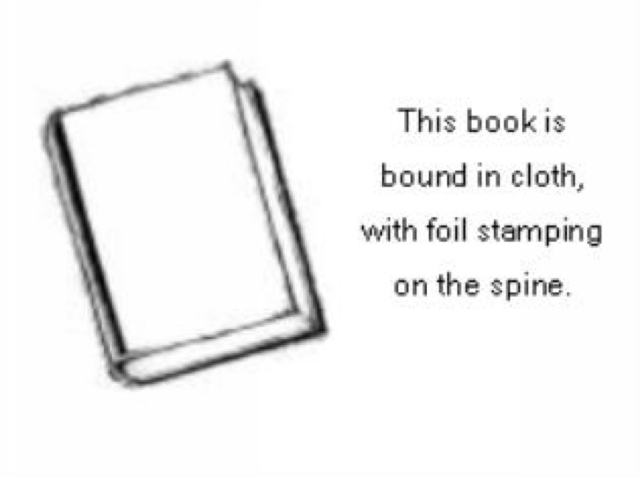
Historical Dictionary of the International Food Agencies: FAO, WFP, WFC, IFAD Hardback
by Ross B. Talbot
Part of the Historical Dictionaries of International Organizations series
Hardback
Description
Four world food organizations are based in Rome: FAO (Food and Agriculture Organization); WFP (World Food Programme- British spelling is used in Rome); WFC (World Food Council); and IFAD (International Fund for Agricultural Development). For obvious reasons, acronyms are widely used when discussing their functions and activities. FAO came into being in 1945 even before the United Nations was officially launched; its original and continuing purposes are to aid agriculture worldwide so that "freedom from hunger" might actually become a reality. WFP is an experimental, now quasi-permanent institution of the early 1960's, using agricultural surpluses of the industrial countries to assist the development of agriculture in the newly created nations of Asia and Africa. In November 1974, the UN held a World Food Conference in Rome. It was the largest meeting of its type ever held, and out of its deliberations were born the WFC and IFAD. The former was designated the coordinating fuction of worldwide agricultural activities; the latter was to assist agricultural development, primarily in low-income Third World countries-"the poorest of the poor." For reasons elaborated in the book, the World Food Council has been of marginal utility in the pursuit of its coordinating function; IFAD has been quite successful even though greatly underfunded. The production, distribution, and utilization of food is largely a function of individual countries. These four world organizations have as their principal purpose the improvement of agriculture in Third World countries. Talbot describes what they do to alleviate the continuing and often devastating problem of world hunger and why they really are unable to do what they were created for.
Information
-
Available to Order - This title is available to order, with delivery expected within 2 weeks
- Format:Hardback
- Pages:218 pages
- Publisher:Scarecrow Press
- Publication Date:01/12/1994
- Category:
- ISBN:9780810828476
Information
-
Available to Order - This title is available to order, with delivery expected within 2 weeks
- Format:Hardback
- Pages:218 pages
- Publisher:Scarecrow Press
- Publication Date:01/12/1994
- Category:
- ISBN:9780810828476










